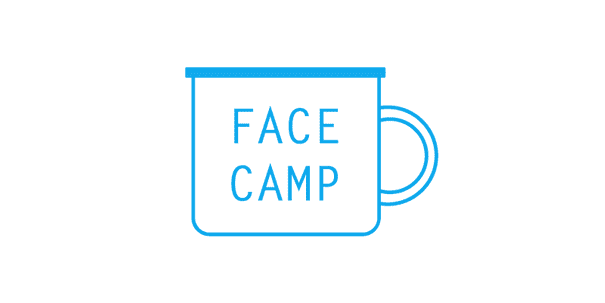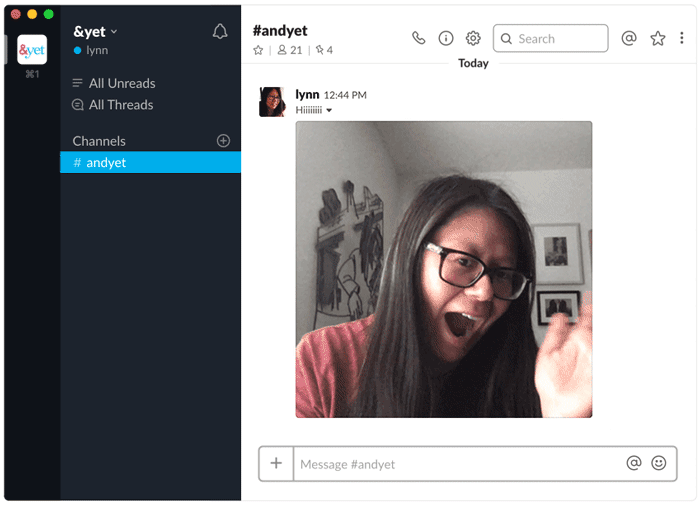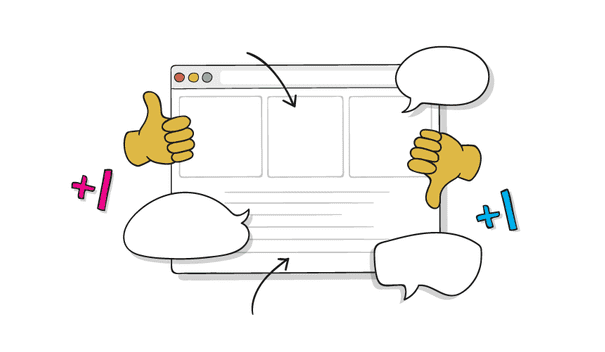Announcing our new cold read assessment
If you haven’t heard yet, we’ve recently started publicly offering a new assessment based on feedback from our clients and readers.
As I mentioned in our newsletter on looking for that first tiny sign:
It’s funny that the service we’ve actually been selling isn’t even one we have on our website… The reason this is so funny to me is that the process of selling a new offering always seems to happen this way. We launch with something we think is going to be the right solution, but when we get to talking to folks, the needs are different and we adjust. We learn way faster than we can implement. Sometimes it takes a while for the website to catch up.
Well, our website has caught up, though we’ve already been using a new approach to help our clients get clear on objectives, key results, and priorities that I’m noticing needs to be added. (Which I wrote about in last week’s newsletter on goal-setting and stewardship. Seriously, you should probably just subscribe to our newsletter to know what’s actually going on lol.)





